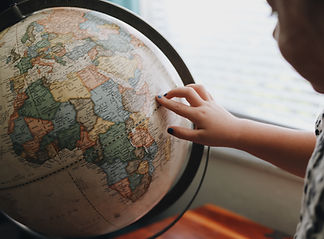

Geographical Concepts
Human migration is the movement of people from one place in the world to another. Human patterns of movement reflect the conditions of a changing world and impact the cultural landscapes of both the places people leave and the places they settle. As an introduction to geography, this module is designed to provide a survey of the different branches of geographic inquiry and taught to help students develop a critical awareness of the dynamic world in which we live, as well as to begin asking questions that seek to understand the spatial relationships between people, places, and the environment. It is designed to engage students’ broad interests through the lens of geographical thinking and analysis. Students in this course are expected to participate as active learners, responsible for guiding and contributing to the content of the course, drawing from their own backgrounds, knowledge, and experiences.
Geography is the study of the physical and cultural environments of the earth. What makes geography different from other disciplines is it’s focus on spatial inquiry and analysis. Geographers also try to look for connections between things such as patterns, movement and migration, trends, and so forth. This process is called geographic or spatial inquiry and includes 4 steps.
-
Ask a geographic question. This means to ask questions about spatial relationships in the world around you.
-
Acquire geographic resources. Identify data and information that you need to answer your question.
-
Explore geographic data. Turn the data into maps, tables, and graphs, and look for patterns and relationships.
-
Analyze geographic information. Determine what the patterns and relationships mean with respect to your question.
Questions and Reflections
Be prepared to answer and discuss during the group meeting.
Why do people move?
What forces do you think drive human migration?
Identify broad themes within geography.
Explain the distribution of people across the Earth on the basis of population, migration, and resources.
